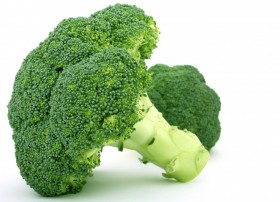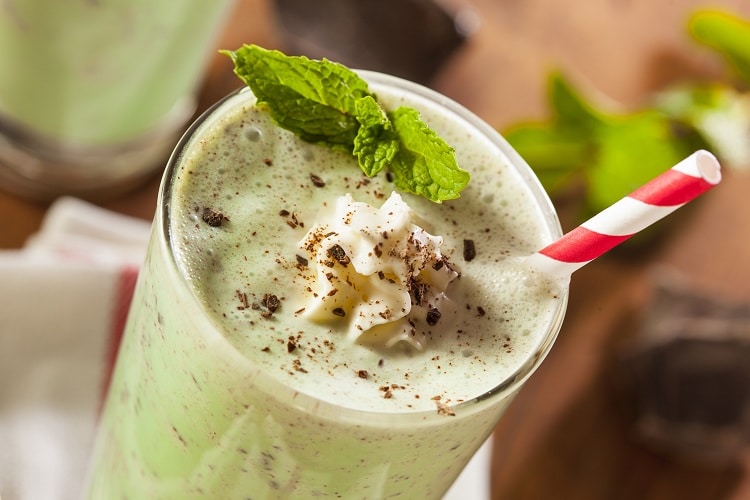 Fiber is all the rage on food labels now. We know we should eat it, but what is it exactly? And why is it good for us? Well, fiber is a non-digestible carbohydrate found in plants. And, there are two types – soluble and insoluble:
Fiber is all the rage on food labels now. We know we should eat it, but what is it exactly? And why is it good for us? Well, fiber is a non-digestible carbohydrate found in plants. And, there are two types – soluble and insoluble:
- Soluble fiber is found in oat bran, barley, nuts, seeds, beans, lentils, peas, and some fruits and vegetables such as peas, apples, carrots and citrus fruits. It attracts water and turns to gel during digestion. It also can slow digestion and bind some nutrients, decreasing absorption. Although this is not usually a problem, taking soluble fiber 4-5 hours apart from meals will minimize this effect on nutrient absorption.
- Insoluble fiber is found in foods such as wheat bran, vegetables, nuts, and whole grains. This type of fiber adds bulk to the stool (ugh) and prevents constipation by promoting movement through the stomach and intestines.
There are many benefits to adding fiber to your diet. A high-fiber diet has been shown to improve laxation, lower cholesterol and blood glucose levels, and reduce the risk of coronary heart disease and diabetes. High fiber foods also promote weight loss because they tend to contain more nutrients and fewer calories while helping us feel full for longer periods of time.
Despite the numerous benefits and the many sources of fiber, Americans typically do not get enough in their diet. According to the Academy of Nutrition and Dietetics (formally the American Dietetics Association) the average fiber intake in the U.S. is 14 to15 grams per day. This is significantly lower than the Institute of Medicines Recommended Dietary Allowance (RDA) of 21 to 26 grams per day for adult women and 30 to 38 grams for adult men.
Diets low in fiber can increase your chance for diverticular disease. Diverticulosis is a condition of having small, bulging sacs or pouches (diverticula) on the inner lining of the intestine. When these diverticula become inflamed or infected it is called diverticulitis. About 10% of Americans older than 40, and 50% of all people older than 60, have diverticulosis. Ten to 25% of people with diverticulosis get diverticulitis. Symptoms of diverticulosis include cramping, bloating, constipation, and even bleeding, and inflammation. Symptoms of diverticulitis include pain in the lower abdomen, fevers, stomach aches, vomiting, and changes in bowel habits. Diverticulitis is a serious disease and often requires hospitalization. Eating foods high in fiber can help prevent the formation of these intestinal pouches by contributing bulk in the intestine, to help move things along.
Adding foods such as fruits, vegetables, whole grains, nuts, seeds, and beans are easy ways to boost your daily fiber intake. Foods high in fiber include:
- Whole Wheat Breads/pastas
 Oatmeal
Oatmeal- Popcorn
- Raspberries
- Carrots
- Broccoli
- Beans
- Bananas
- Artichokes
- Corn
- Almonds
- Peas
So, load up on these and other delicious fiber rich foods and eat your way to a healthier you.
This message brought to you by






